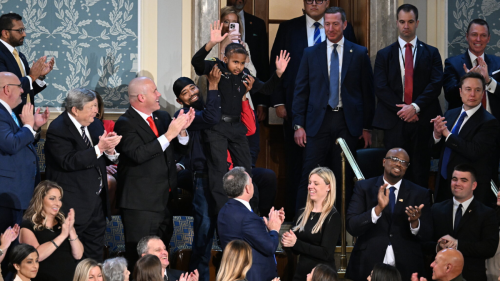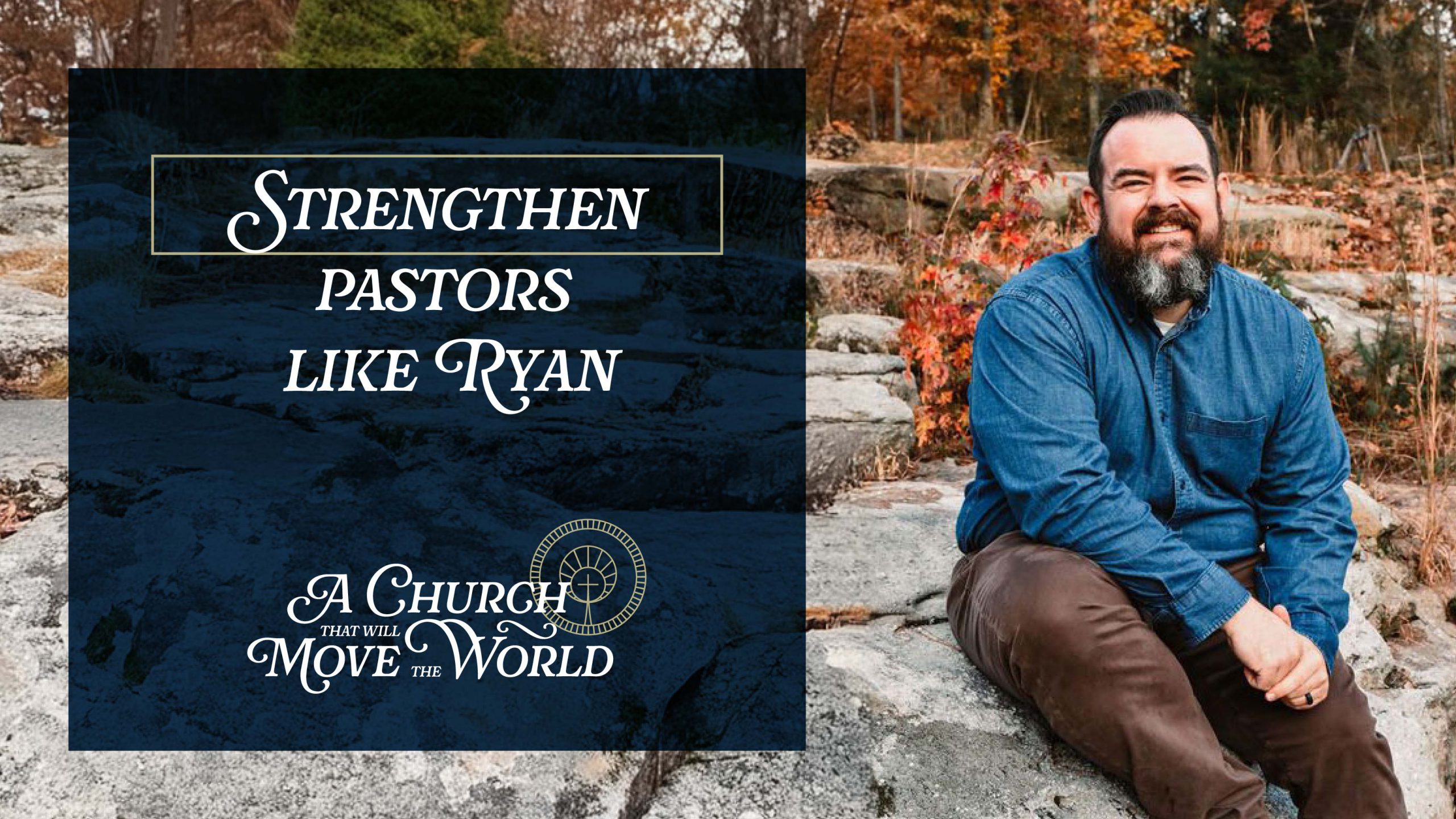


 A few years ago, John Acuff introduced a term to describe the often-corny conversion experiences portrayed in religious movies. He called it the “Jesus-juke”—that moment when the story is put on hold while a major character answers the call of the Gospel in a way that feels a bit forced and a lot preachy.
A few years ago, John Acuff introduced a term to describe the often-corny conversion experiences portrayed in religious movies. He called it the “Jesus-juke”—that moment when the story is put on hold while a major character answers the call of the Gospel in a way that feels a bit forced and a lot preachy.
These days, there’s a different kind of “juke” in movies. Disney recently announced that the Marvel Cinematic Universe will be getting its first LGBT character: Valkyrie will feature in “Thor: Love and Thunder,” alongside her fictional girlfriend.
So, we can add superhero movies to the “gay moment” in the “Beauty and the Beast” remake and the out-of-place “coming out” scene in “Stranger Things.” Apparently, the “gay-juke” is becoming a staple of modern entertainment.
Like the Jesus-juke, the gay-juke isn’t good storytelling. It’s unearned agenda-pushing. Unlike the Jesus-juke, which short-changes the greatest and truest of all stories, the gay-juke relies on pure fiction: the idea that sexual brokenness can bring about a happily-ever-after.
Have a Follow-up Question?
Want to dig deeper?
If you want to challenge yourself as many others have done, sign up below.
Webinars
Short Courses
Up
Next














